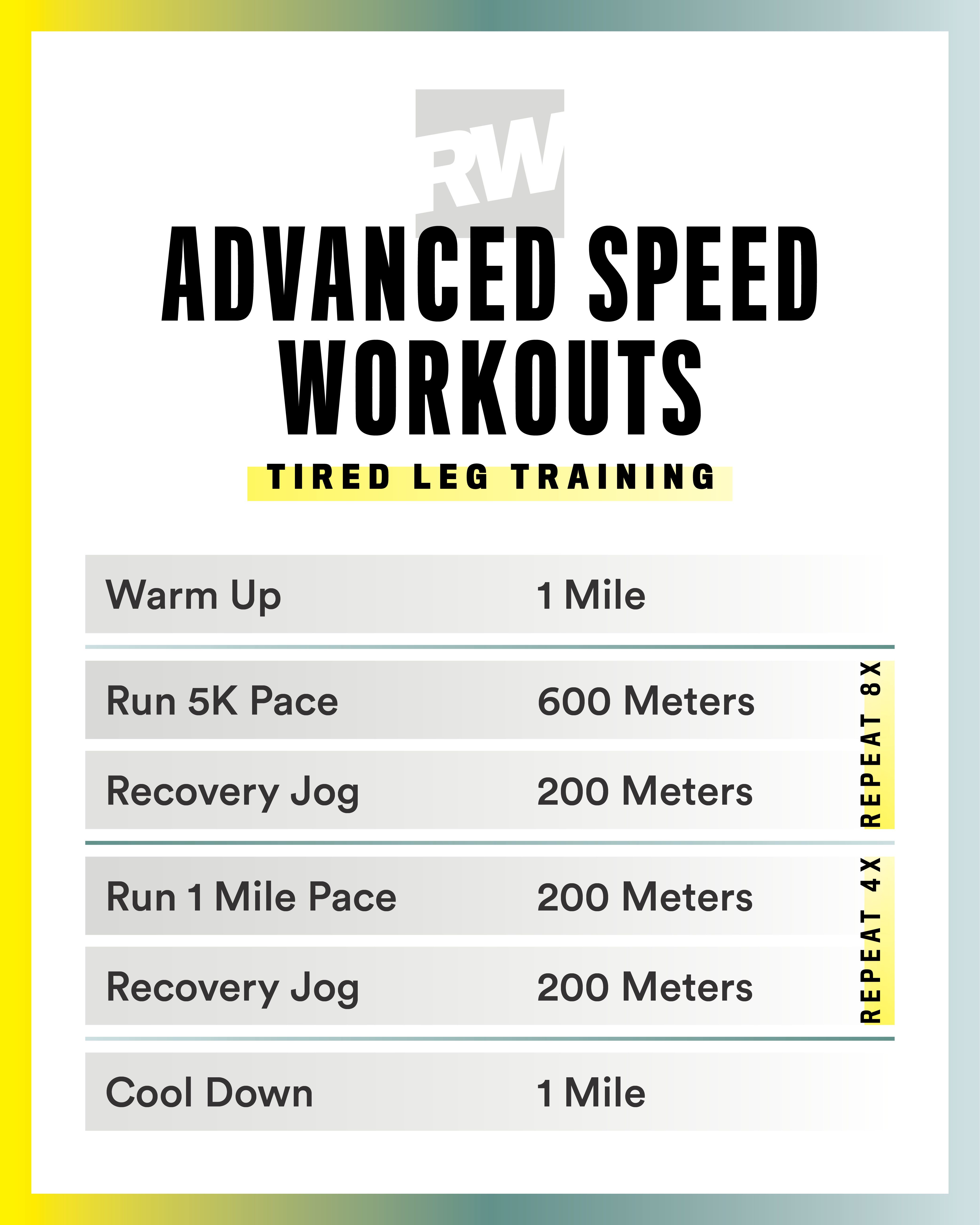Master Your Running Workout: Effective Strategies for Success
Wiki Article
The Ultimate Overview to Managing Discomfort When Running
Whether you are an experienced marathoner or just starting your running trip, understanding the numerous types of pain that can occur and the strategies to resolve them is vital. From pre-run workout routines to appropriate footwear selection, there are countless elements to take into consideration when it comes to dealing with discomfort while running.
Understanding Various Kinds Of Running Discomfort
When running, it is essential to distinguish in between different types of pain to stop injuries and maximize efficiency (Read More). One usual kind of pain that joggers may experience is muscular tissue pain, which typically arises from the tension put on muscles during workout. This sort of pain is frequently a typical part of the running procedure and can be taken care of via correct warm-up, cool-down, and stretching regimensAnother sort of pain to be aware of is joint discomfort. Joint discomfort can suggest issues such as overuse, incorrect type, or underlying conditions like arthritis. Overlooking joint pain can result in much more severe injuries, so it is vital to deal with any kind of discomfort immediately and perhaps look for professional guidance.
Additionally, sharp or stabbing pains need to not be neglected. These kinds of pain can indicate intense injuries such as stress, sprains, or anxiety cracks - running strategy. Remaining to run with these sorts of discomfort can intensify the injury and prolong recovery time
:max_bytes(150000):strip_icc()/HIIT-treadmill-workout-promo-04629651f9fc4854a8afca1c29ba528a.jpg)
Pre-Run Workout and Stretching Routine
To prepare the body for a running session, executing a reliable pre-run workout and stretching routine is crucial. An appropriate warm-up aids increase blood flow to the muscle mass, improves versatility, and decreases the threat of injury throughout the run. By including a regular pre-run workout and stretching routine into your running routine, you can enhance performance and reduce the threat of discomfort or injury.Appropriate Footwear Choice and Fit
When choosing running footwear, it is important to take into consideration aspects such as foot kind, running gait, arch assistance, padding, and shoe size. Going to a specialty running store for a stride evaluation and expert fitting can assist make certain that you select the right shoes for your specific demands. Investing in high-quality shoes that is ideal for your running style and foot makeup is an aggressive step in the direction of protecting against discomfort and injuries throughout your runs.Nourishment and Hydration Tips for Discomfort Prevention

Hydration is just as essential for joggers to avoid aches, dehydration, and other discomforts that can bring about pain throughout running. It is advised to consume an ample amount of water throughout the day and particularly before, during, and after running sessions. Electrolyte-rich drinks or sporting activities drinks can likewise be beneficial for renewing shed minerals and maintaining proper liquid equilibrium. running workout (Read More). By prioritizing nourishment and hydration, joggers can improve their efficiency, minimize discomfort, and enjoy a much more comfy running experience.
Post-Run Recuperation Techniques to Relieve Pain
Applying effective healing strategies is essential for easing pain and promoting muscle mass recuperation after running sessions. One essential post-run healing strategy is extending. Including static go for significant muscle mass groups can aid minimize muscular tissue stress and soreness. Foam rolling is one more beneficial method to launch muscular tissue rigidity and next boost blood circulation to the muscles, aiding in quicker recovery. Additionally, icing sore areas for 15-20 minutes can help in reducing inflammation and numb pain post-run.Taking in a balanced snack or dish that consists of protein and carbohydrates within 30 mins of completing a run can help fix muscle mass tissue and replenish power stores. By integrating these post-run recuperation strategies into your regimen, you can properly handle pain and maximize your running efficiency.
Conclusion
Finally, resolving various types of running discomfort through correct workout, stretching, shoes selection, nourishment, hydration, and post-run recovery strategies is necessary for pain avoidance and administration. By comprehending the root causes of pain and applying these approaches, runners can decrease pain and potential injuries. It is crucial to focus on overall physical wellness and well-being to make certain a successful and satisfying running experience.Report this wiki page